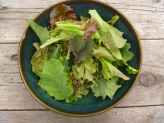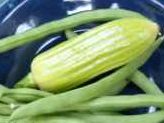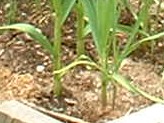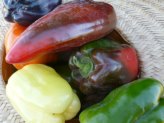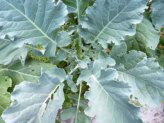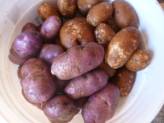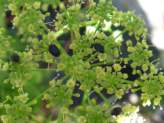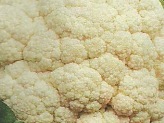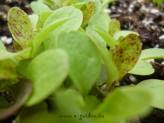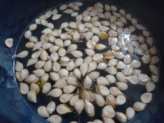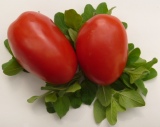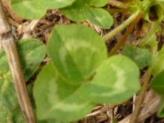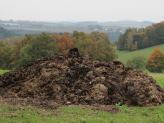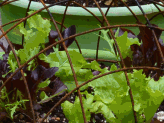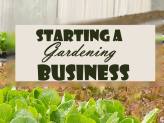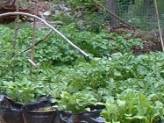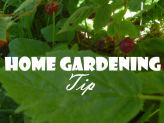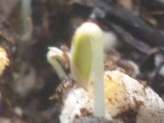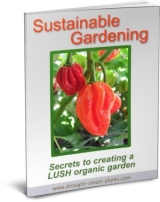Growing Vegetables
Wholesome, nutritious, organic produce from your Sustainable Garden
Growing vegetables is part of our culture – in many places, the availability of fresh produce is minimal, so growing your own is the only way you can get those luscious tomatoes, crisp lettuce and other greens, and herbs for flavoring.
The trend has been to get produce out of season from other countries; grapes from California, or Chile when it’s winter in Canada, or broccoli from Argentina.
With the advent of the 100 Mile Diet there is a new trend of finding food from closer to home.
The emphasis is on fresh, wholesome and nutritious food, not those dried up, desiccated and pallid examples of vegetables that have traveled thousands of kilometers to get to a supermarket.
The taste and quality of many varieties has diminished with the requirement that they travel well, and maintain their good looks, at the cost of their nutritional value.

Growing your own vegetables will give you an eye opening
experience, and discovering that you can have a three season vegetable garden to provide luscious and nutritious food is equally as enlightening. See more about
fall gardening
and
spring garden planning
.
How to Grow...
Once you’ve tasted the real flavor of a fresh tomato, still warm from the sun, or a salad grown and harvested steps from your kitchen door in a raised bed, you’ll never go back.
Your appreciation will grow along with your vegetables.
Main things that growing vegetables need:
Full sun is essential for many vegetables, especially tomatoes, squash, peppers, potatoes and most greens. Peas, beans and other legumes need at least some sun every day.
Lettuce is one green
that actually grows better and doesn’t bolt into setting seed if it has more
shade. Grow it behind trellised pole beans
or under a small twiggy shade if your area is really hot and sunny. Using
intercropping
and stacking techniques can make the most use of a small growing area.
Garden soil for most vegetables must be well drained, light and nutritious. Lots of vegetables need a rich soil, like most squash. They are referred to as 'heavy feeders' so to keep them actively growing, learn about how to make compost tea .
If your garden area is near trees, their roots may pose a problem by seeking out the nutrients and moisture in a vegetable garden. If your vegetables thrive for a year or two, but then start to fail to thrive, this could be the issue.
Raised bed gardening is one method to grow vegetables successfully even near large trees.
Ample moisture is essential, as most vegetables are filled with water. Lettuce is mostly water, as well as tomatoes, peas and squash, so a good source of clean water is necessary. If you can salvage water from rainfall, or keep well water or tap water in a black barrel to pre-warm it, so much the better. Rain water is ideal, as it has no chemicals, minerals or softening agents in it.
Natural Fertilizer
Many gardeners worry about how to feed their vegetables more than any other issue.
Compost, of course is the most valuable and natural soil additive, so if you can compost your kitchen scraps and then sprinkle that around each plant, do it.
If you don’t have enough compost to spread it, make compost tea, either out of home made compost, chopped weeds, alfalfa pellets or commercially bagged chicken or steer manure.
Avoid using compost tea on greens as this can be a source of contamination with salmonella or E. coli, two rather nasty types of food poisoning.
Plant some
cover crops
and
nitrogen fixing plants
to protect the soil and add organic matter once your harvest is in.
Soil fertility
is one of the most important tasks in the garden; don't skimp on adding compost or soil amendments.
Growing vegetables is a challenge that many gardeners are gladly taking up; in some cases, they can grow many of their own carrots, beans, tomatoes and other produce.
Even if you can only grow one small tub of plants, make them edible.
To find out more about my secret method of insulated worm farming, sign up for the Composting E-Course (your free bonus when you subscribe to Out in the O-Garden Newsletter).
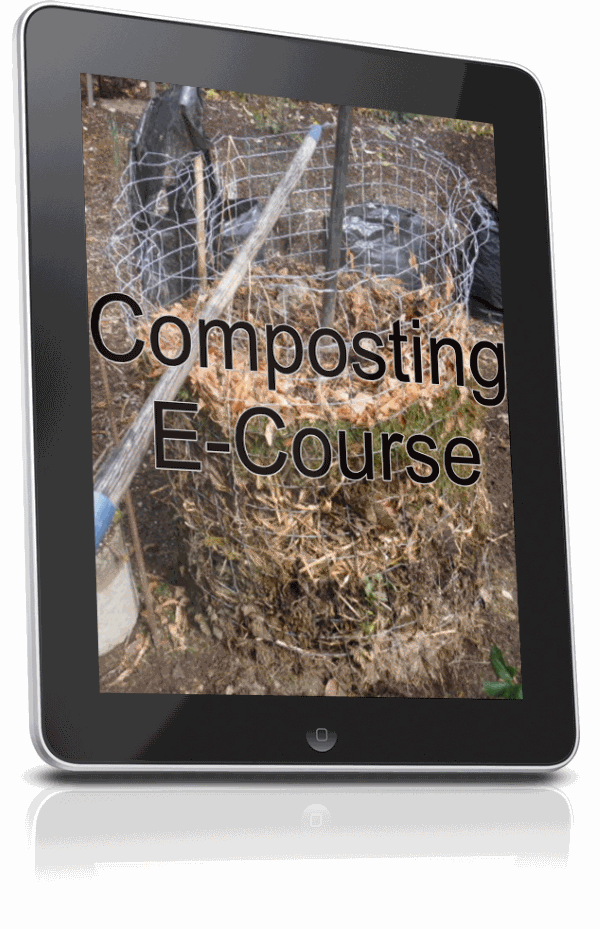 Composting E-Course - sign up here
Composting E-Course - sign up here
Get the free Composting E-Course delivered right to your inbox and learn tips and tricks to get your compost to work the first time.
Get started now; fill out the form;

